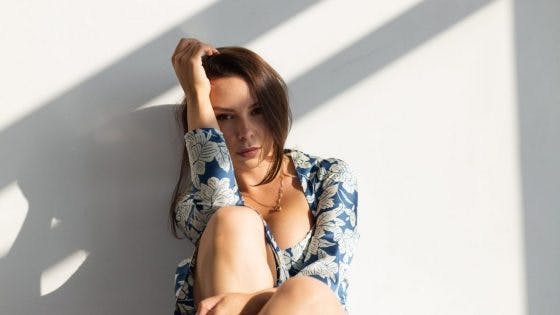Traction Alopecia Symptoms, Causes & Treatments
8 minutes read
What is traction alopecia? First, alopecia, in general, means hair loss. There is different kinds of alopecia due to its causes — for example, genetically determined alopecia. Another one, diffuse alopecia, is due to hair development cycle failure; focal alopecia happens because of immune system disorders.
Traction alopecia can be helped quickly if caught in the early stages among the most common types of this disease. Find out what it is, its symptoms, and causes, and decide upon your treatment.
What is traction alopecia?
Traction alopecia was first identified by doctors in the early 1900s. They noticed that women who wore tight hairstyles had excess hair loss. So, traction alopecia is a hair loss caused by constantly pulling your hair. In the early stages, the hairstyle loosens the hair shaft in its follicle and encourages hair loss. However, if you go past a certain point, follicles can stop producing new hair in these areas.
What is excess hair loss? What is normal? You can lose 50 to 100 hairs in a day just due to their natural renewal. Sometimes you may see more hair on your brush if you did not wash or detangle knots properly.
Besides that, if you have long strands, hair loss may seem excess just because of the length. So, you need to keep track of it. If you roughly count how many you lose on a clean, new hair brush, you should get a gauge of any significant changes. If there’s more or the plug hole post washing seems fuller, it might be time to look into the causes.
You are not alone, though; it’s estimated that in the UK alone, 8 million women will suffer from hair loss at some point in their lives.
Traction alopecia symptoms and signs
What are the traction alopecia signs and symptoms?
- An early sign of tension hair loss appears as little bumps on your scalp. Afterwards, they can become blisters.
- Excess hair loss and breakage appear as the condition progresses, especially along your hairline, but not only. For example, the hair parting can widen, too.
- Scalp scaling is one of the symptoms of traction alopecia.
- Learn more about inflammation of hair follicles that can be a sign of tension alopecia.
- At last, you can’t ignore such symptoms of traction alopecia as itching, stinging or soreness of your scalp.
Traction alopecia causes
As stated above, traction alopecia is caused by repeatedly pulling your hair too tight. Common traction alopecia causes are not only ponytails and buns but also dreadlocks, cornrows, or other tight braids.
Heat straightening or waving your hair and leaving hair in rolls overnight can be the reason for tension alopecia, too. In addition, chemical treatments, hair extensions (especially if you do not have them appropriately removed) or even keratin treatment may overweight your hair roots and pull them, which means a potential risk of traction alopecia.
Which hairstyles can cause traction alopecia?
Which hairstyles result in tension, so you should avoid them if you noticed the signs of traction alopecia?
Tight bun or ponytail hair loss
Wearing tight buns and ponytails every day can be a cause of traction alopecia. Instead, try to vary your hairstyles from tight to loose, use creaseless hair ties, like Invisibobble, or silk scrunchies, such as Slip X Alice + Olivia kit, that reduce tension on your hair. Otherwise, you may pick up a claw clip, for example, Kitsch Gold Open Shape one, because claw clips are not pulling your hair as much as tight rubber bands.

Traction alopecia hairstyles: braids and dreadlocks
Traction hair loss can be caused by tight braids, especially permanent weaves and protective styles, like cornrows or dreadlocks. If you feel these hairstyles are pulling your hair roots, better to undo or at least shorten them.
Long hair and extensions cause tension hair loss
Many of us dream of long hair, but hair extensions, or even naturally grown very long hair, may pull on hair follicles and cause traction alopecia. Always book with a qualified hairdresser and have them removed when they expire. If you leave it, the extension weft will take your hair with it.
Chemical hair treatments lead to traction alopecia
All the chemical treatments that change your hair structure or overweight your roots, like keratin or hair botox, can be a potential risk of traction alopecia.
Pulling your strands with accessories
Exclude tight elastic, especially rubbery headbands or metal clips are a no-no and never sleep in hair wear too. Instead, stock up on creaseless hair clips, like the Kitsch set and remove before bedtime.
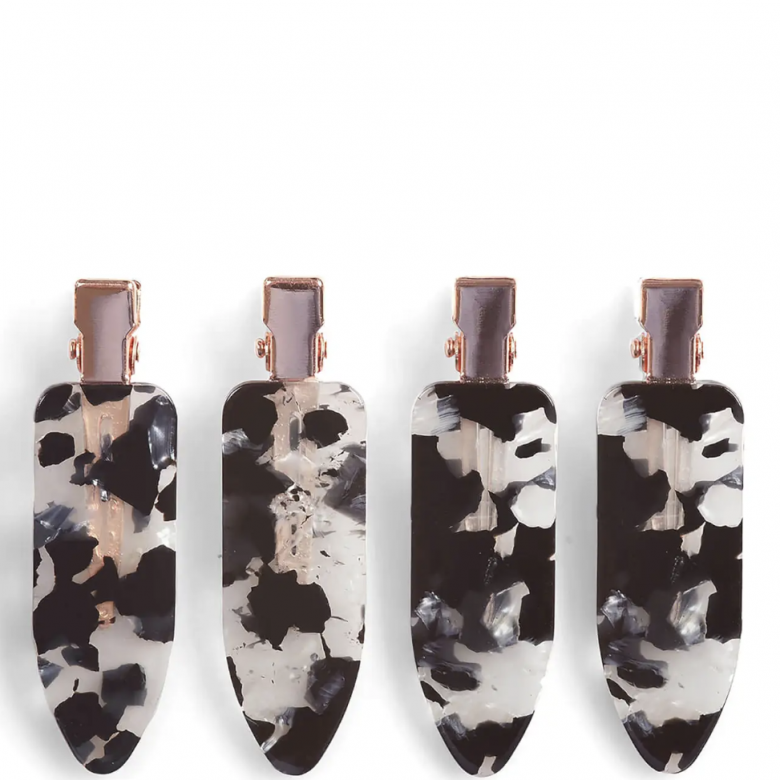
Read: 15 Expert-Approved Healthy Hair Tips
Is traction alopecia permanent? Can you reverse traction alopecia?
You can reverse traction alopecia if you stop pulling your hair back. But if you won’t do it soon enough, hair loss may become permanent. In this case, hair follicles are so damaged that they can’t produce new hair. That’s why it is so important to spot the symptoms quickly, stop pulling your hair, and start to promote your hair regrowth.
Effective traction alopecia treatments and traction alopecia cure
How to promote hair regrowth if you have traction alopecia? First, start with reducing any tight or pulling on your strands hairstyles. Then try recommended traction alopecia treatments.
1. Visit a trichologist. They will examine your scalp, find out the exact cause of hair loss and prescribe you such products for traction alopecia, as antifungal shampoos, topical steroids, antibiotics, minoxidil or biotin supplements to regrow your hair.
2. Focus on your regular hair care to strengthen your strands. For example, after washing and before conditioning your hair, apply Nourishing Strengthening Hair Mask for 5-10 minutes. This mask with organic argan oil and shea butter helps to nourish damaged hair and scalp, restores your hair shine and doesn’t weigh down your strands. 80% of customers on Clarins gave this product a high rating.

Leave-in products like Nourishing Beauty Hair Oil with 95% natural ingredients can strengthen your hair, too. Apply this oil on damp or dry hair during the day to keep your locks smooth, healthy, and shiny without weighing it down. This product contains natural oils of organic argan and camellia; leaves a scent of mandarin, grapefruit, ylang-ylang, and patchouli on your hair. Also, it can be used to massage the scalp to encourage hair growth and release tension in the scalp.
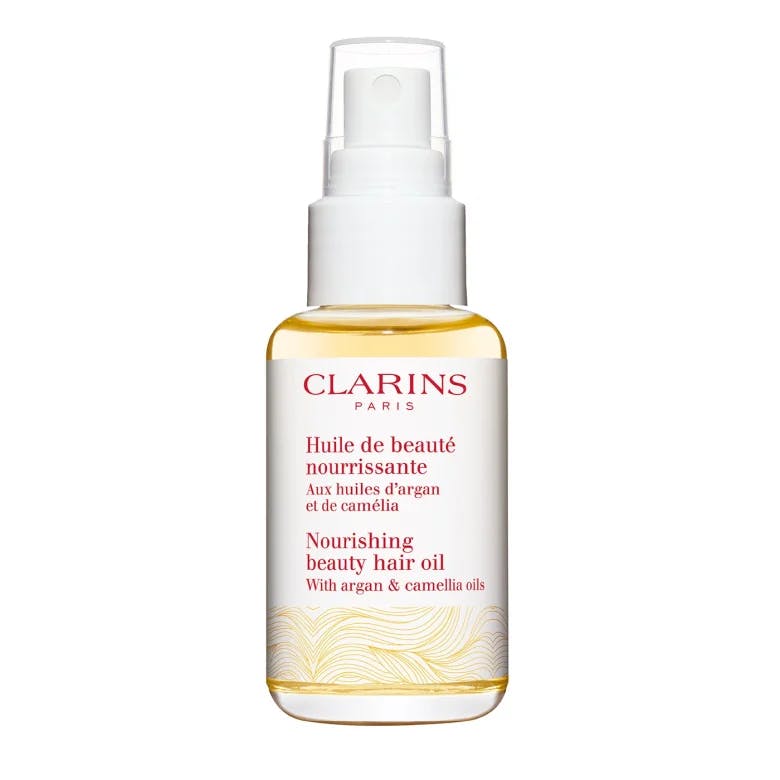
Read: Hair Oils Are Back!
3. Enrich your diet with proteins and fresh vegetables; try hair vitamins to regrow your locks. Check your iron levels and if you are vegan, get plenty of protein-packed tofu, lentils, chickpeas, beans and spinach.
Take hair growth vitamins, for example, Hairburst Vegan Unicorn Hair Vitamins with zinc and Vitamin B12 that help to unlock increased growth; or NIOXIN Recharging ComplexTM Food Supplements 30-day program to boost your hair growth, free from GMO and gluten. You can also try Hair Gain Hair Gummies with AnaGain component derived from organic pea shoots, that helps to restore hair growth and balance your scalp conditions.
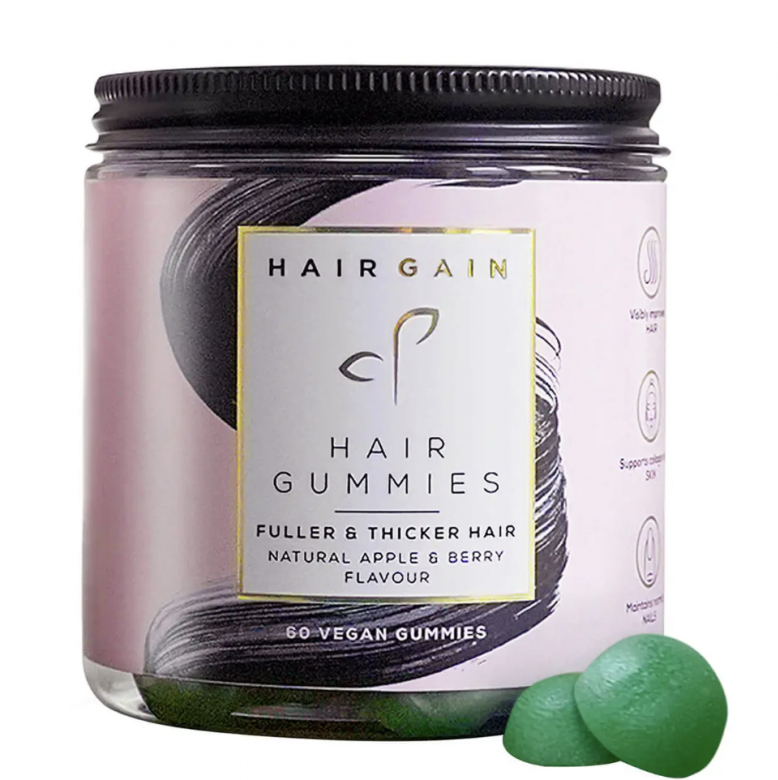
To stimulate hair growth at the root, spot Natucain Hair Activator with natural hormone-free formula and MKMS24 ingredient that prolongs the hair growth phase, and reduces hair loss. A range of remedies against hair thinning and loss is provided Philip Kingsley brand: for example, Density Preserving Scalp Drops that reduce hair loss; vegan Density Healthy Hair Complex with Vitamins D, C and B12, plus Biotin, Iron, Copper and Selenium; Density Amino Acid Protein Booster Supplement with Amino Acids, including Lysine, Leucine, Methionine, Valine and Cysteine.
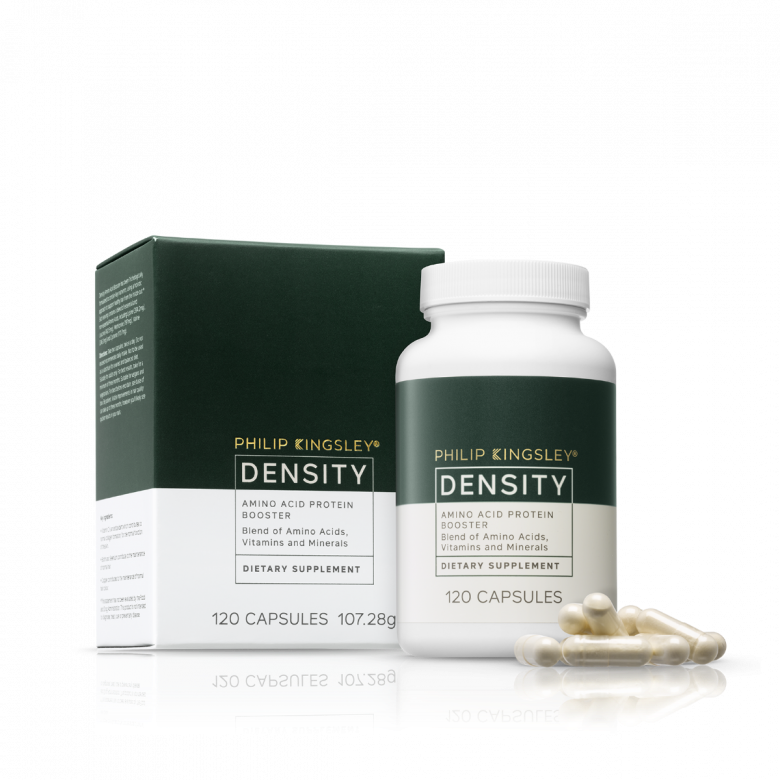
How to get tested: try The Trichotest
This allows the Dr to personalise hair loss treatments for patients. The test analyses a variety of genetic variations, lifestyle factors and scientific literature related to hair loss treatment to then suggest the most appropriate treatment options through topical, oral or surgical solutions.
Try: Platelet-Rich Plasma (PRP)
Platelet Rich Plasma uses a small sample of your own blood spun in a centrifuge to separate the part of the blood rich in platelets/growth factors. This is then injected into your scalp to stimulate the hair follicles and encourage new hair growth.
PRP is a great treatment option for hair loss, and it has a number of scientific articles showing its efficacy for increasing hair count and hair thickness, and for prolonging the growth phase of the hair cycle.
Try: Calecim Professional
Calecim Professional offers the highest concentration of stem cells that can be extracted safely and without harming any animals. These cells contain a potent mixture of proteins, cytokines, and growth factors, to improve skin and scalp health, promote skin and hair rejuvenation and give life-changing results.
You can combine this treatment with microneedling to open micro-channels in the scalp for better, faster serum absorption, making it more effective overall.
Contact: Dr Sophie Shotter
FAQs
Find all the quick answers to the popular questions about traction alopecia here.
Does hair grow back after traction alopecia?
Don’t worry; traction alopecia is reversible in most cases if you stop wearing tight hairstyles that impact your hair follicles. Then your hair will grow back normally.
How long before traction alopecia is permanent?
Lucinda Ellery Consultancy, which provides hair loss management and support for women with alopecia and trichotillomania, claims that, in their client experience, pulling your hair for more than 7-10 years can cause permanent follicle damage with no ability to regrow your hair naturally.
What are the first signs of traction alopecia?
Pay attention to the first signs of traction alopecia — hair thinning, receding, and breakage, especially around the forehead, temples, or nape; small pimples on your scalp, redness, and itching.
Can you undo traction alopecia?
According to the British Association of Dermatologists, traction alopecia can be reversed in most cases if your hair follicle is not damaged permanently. Otherwise, a few options exist to revive even dead follicles, such as a hair transplant or laser therapy.
Read next: Scalp Care 101: Tips for Maintaining A Balanced And Healthy Scalp
Sign up for our newsletter
We will keep you in the loop for special offers, exclusive gifts and product news.

